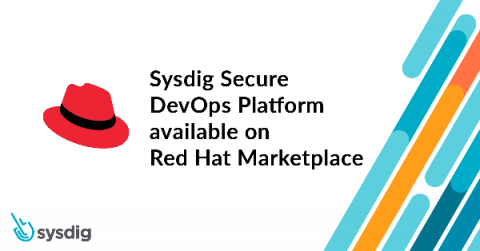How Cyber Kill Chain Can Be Useful for a SOC Team? (Part 2)
Installation: At this stage, SOC analysts are advised to deploy a Security Information and Event Management (SIEM) and Host-Based Intrusion Detection System (HIDS) to detect attacks. To deny an attack, Cyber Kill Chain recommends using Two-Factor authentication, strong password, and privilege separation as well as disrupting attack using data execution prevention.











